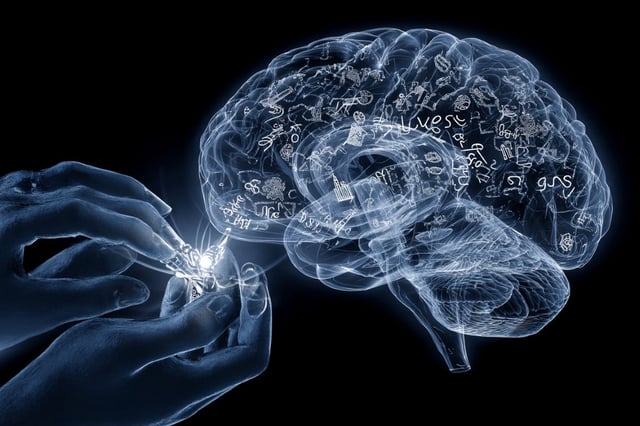Overview
- Researchers at Carnegie Mellon University and the University of Coimbra report that the left supramarginal gyrus represents object-directed actions by recombining a limited set of movement patterns.
- Brain activity in this region clustered tools by similarity of hand posture, such as scissors with pliers, rather than by shared function, such as scissors with a knife.
- The work, led by Leyla Caglar and published August 18 in Proceedings of the National Academy of Sciences, uses computational modeling of population-level fMRI signals.
- Authors characterize the supramarginal gyrus as an assembly hub for action sequences and point to potential applications in brain–machine interfaces, prosthetic control, robotics, and understanding apraxia.
- The team cautions that translating the findings will require mapping synergies directly from neural activity and validating causal mechanisms before clinical or engineering use.

